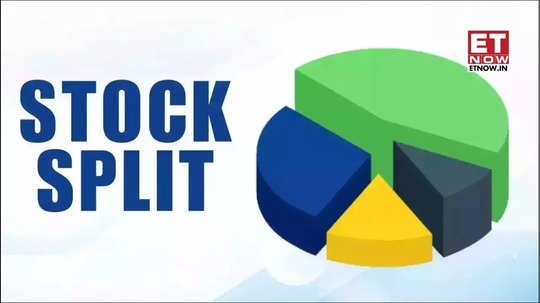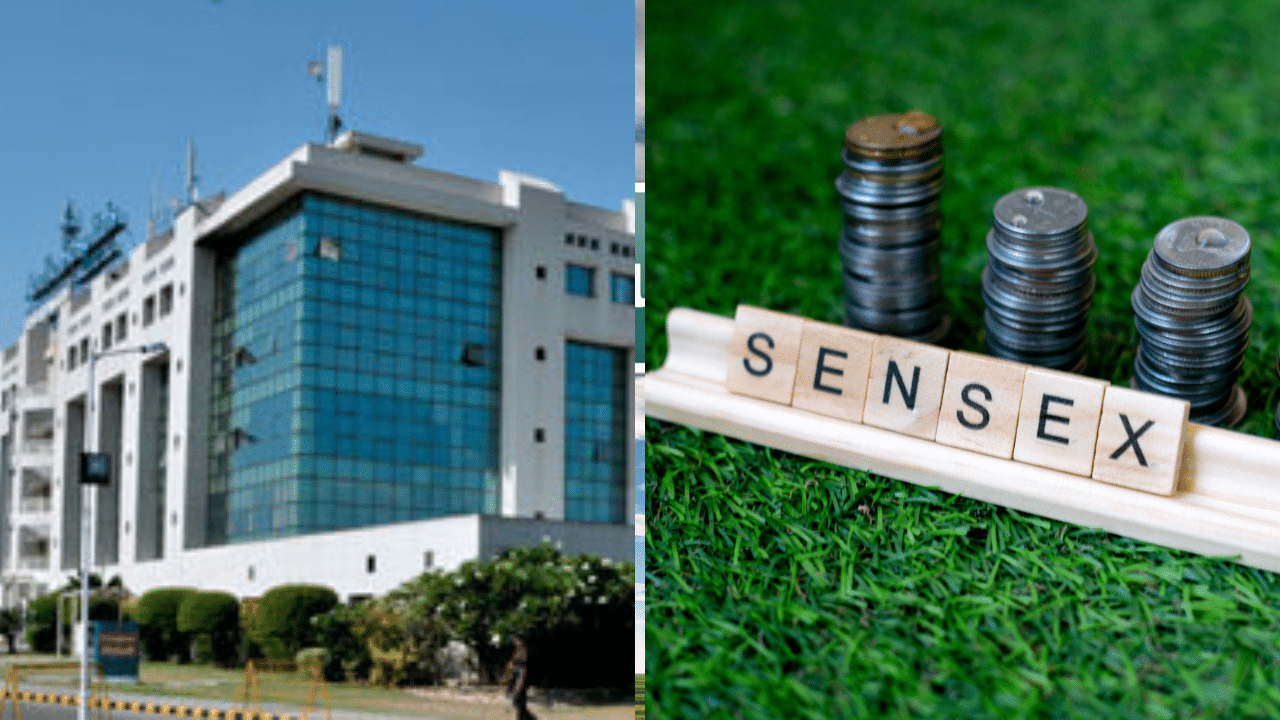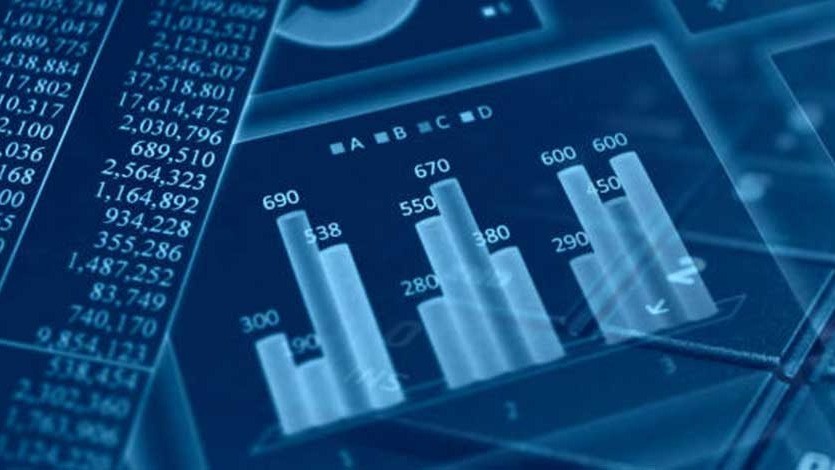India’s GDP growth likely declined to 6.8 percent in July-September from 7.8 percent the previous quarter amid robust consumption and capital expenditure continuing to support economic activity, according to a Moneycontrol survey of 15 economists.
India’s GDP had grown at a and 6.2 percent in July-September 2022.
The statistics ministry will release GDP data for July-September at 5:30pm on November 30.
According to economists Anubhuti Sahay and Kanika Pasricha of Standard Chartered Bank, growth momentum was resilient in the second quarter of 2023-24, with a allowing economic activity to occur in sectors such as mining.
“Additionally, the strong underlying momentum has continued to be driven by ongoing government capex and consumption expenditure,” Sahay and Pasricha added. In fact, such has been the growth momentum that Standard Chartered Bank earlier this month raised its growth forecast for July-September by a massive 140 basis points to 7.2 percent and for 2023-24 by 40 basis points to 6.5 percent.
One basis point is one-hundredth of a percentage point.
Underlying numbers
The fall in the growth rate from 7.8 percent to an expected 6.8 percent is likely to have been led by the agriculture and services sectors – the former due to the erratic monsoon and the latter due to the normalisation of the base effect.
Aditi Nayar, ICRA’s chief economist, expects agriculture growth to fall to a four-and-a-half-year low of 1 percent from 3.5 percent in April-June “owing to the decline in output across all kharif crops projected by the First Advance Estimates”.
| ORGDeskSATION | JULY-SEPTEMBER GROWTH FORECAST |
| Piramal Enterprises | 6.35% |
| Societe Generale | 6.4% |
| CareEdge | 6.5% |
| Motilal Oswal Financial Services | 6.6% |
| Bank of Baroda | 6.7% |
| DBS Bank | 6.7% |
| IDFC First Bank | 6.7% |
| Barclays | 6.8% |
| Deutsche Bank | 6.8% |
| Sunidhi Securities | 6.8% |
| DAM Capital Advisors | 6.9% |
| ICRA | 7.0% |
| State Bank of India | 7.0% |
| Nomura | 7.1% |
| Standard Chartered Bank | 7.2% |
Meanwhile, services sector growth is seen moderating to around 8.2 percent from 10.3 percent the previous quarter – but remaining the biggest driver of growth.On the upside, industrial performance is set to improve from 5.5 percent in April-June and be close to 7 percent. The same uneven rainfall that hurt farm output helped boost activity in the mining and other sectors, with electricity output up more than 11 percent year-on-year in July-September as demand jumped.
On the expenditure side, three components are set to stand out: robust growth in private consumption and investments and a smaller drag on domestic growth from exports.
“Growth continues to be supported by consumption and investment in July-September,” noted Gaura Sen Gupta, India economist at IDFC First Bank.
“Consumption growth reflects strong urban demand with FMCG volume growth higher by 10.2 percent in July-September… Capex cycle remains supported by government expenditure by both Centre and state governments,” Sen Gupta added.
The Centre’s capital expenditure was up 26 percent year on year in July-September, while that of states was up an even higher 38 percent.
Policy impact
At 6.8 percent, economists’ expectation of the July-September GDP growth rate is 30 basis points higher than the . In fact, economists from the central bank have made note of the “wide consensus” that GDP growth will outperform the RBI’s projections.
“The RBI’s projections incorporated a turnaround in the momentum of activity into expansion in Q2 and hence the consensus, if actualised, would imply a stronger pace of activity than projected,” the
Policymakers will perhaps be happier with the fact that non-government economists’ forecasts for the full-year growth rate are coming closer and closer to their own, with the government and the RBI initially seen as extremely optimistic with their projection of 6.5 percent GDP growth in 2023-24. According to 10 economists surveyed by Moneycontrol, growth for the full year may be 6.4 percent, only marginally lower than what the when it presented the Economic Survey for 2022-23. Back then, most economists had predicted a sub-6 percent growth rate for India for 2023-24.
According to Kaushik Das, Deutsche Bank’s chief economist for India and South Asia, the RBI may raise the GDP growth forecast of 6.5 percent for the year by 10-20 basis points if the upcoming quarterly print is “significantly stronger than expected”.
In terms of the rate action, economists continue to see the Monetary Policy Committee leaving the repo rate unchanged at 6.5 percent on December 8, with monetary easing expected to begin in 2024-25. Nomura economists, for instance, expect the repo rate to be lowered to 5.5 percent by the end of 2024, with the first rate cut in April.





